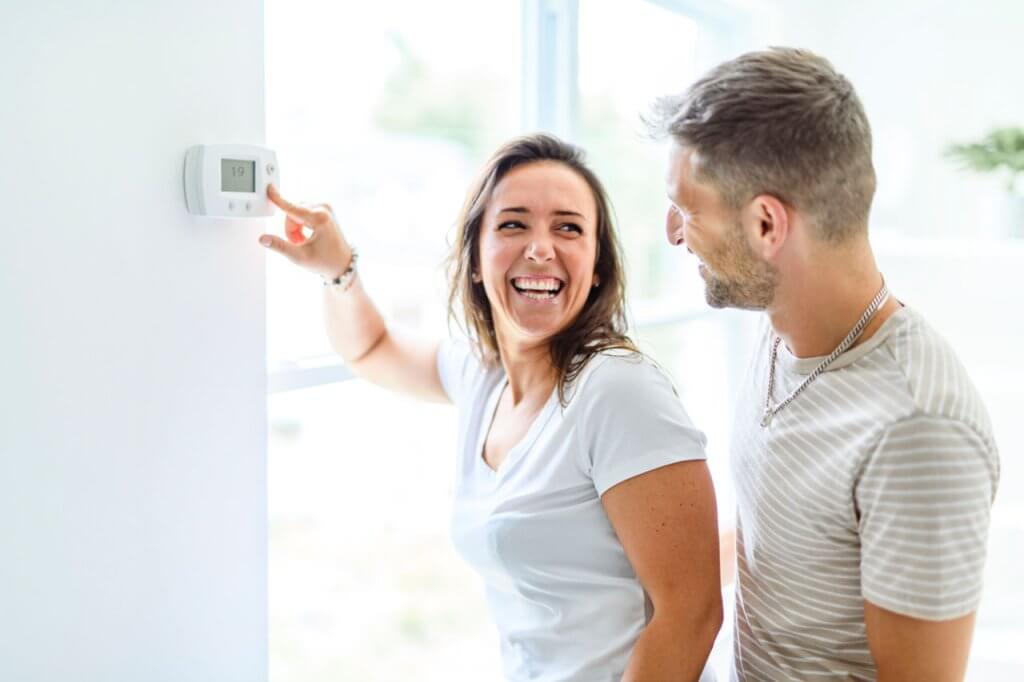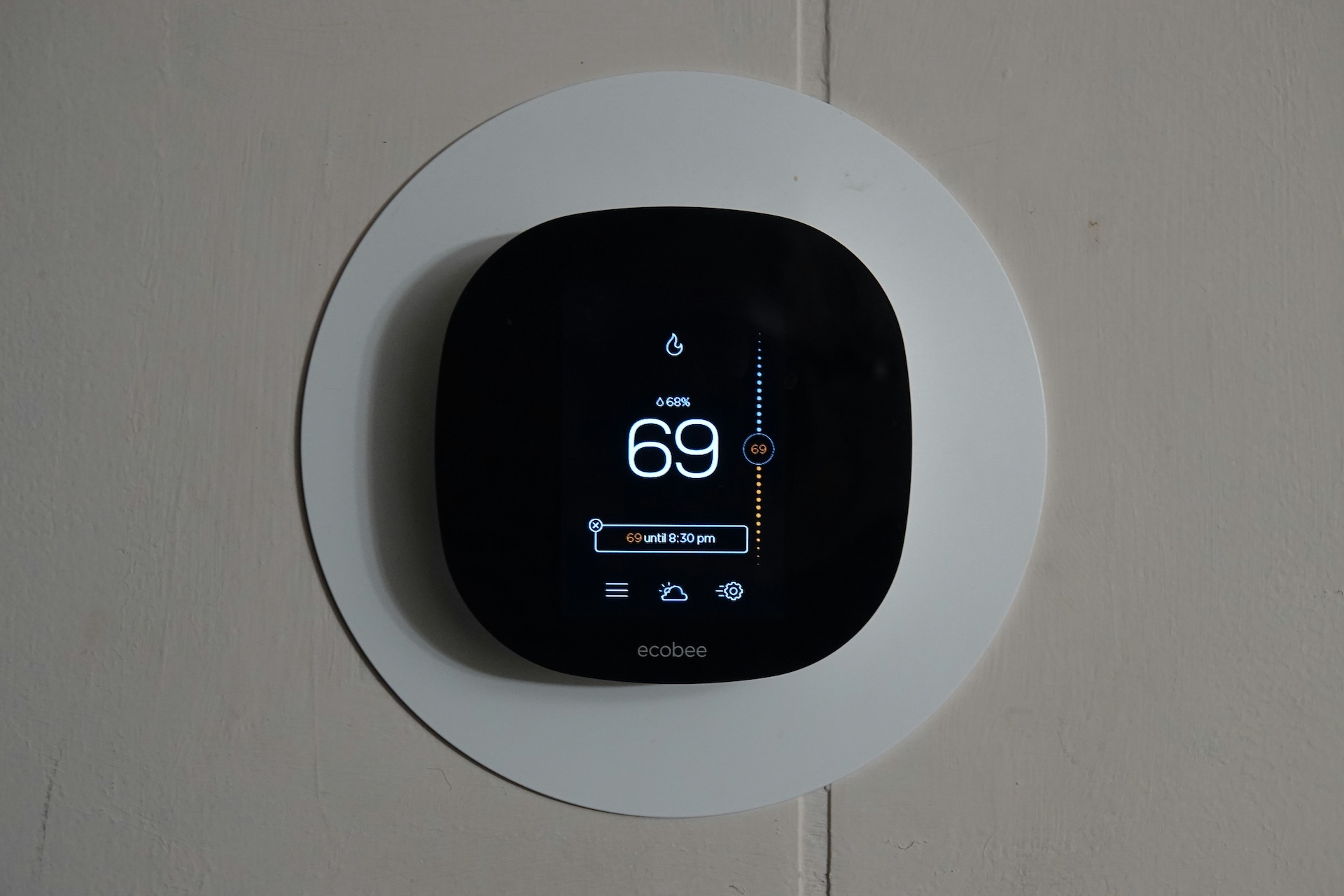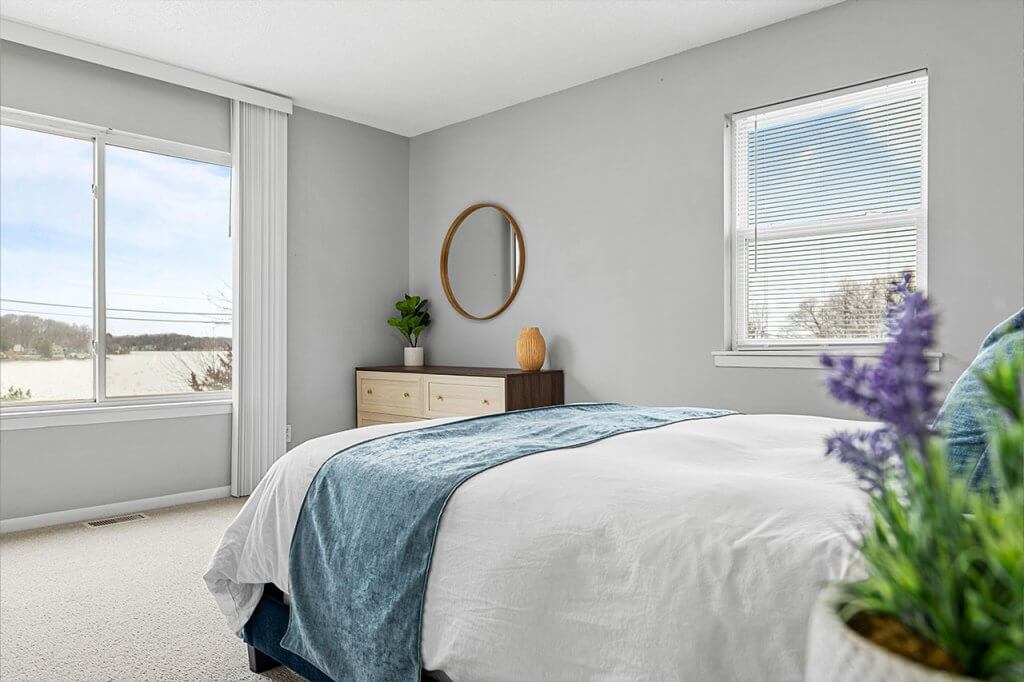Smart home technology has revolutionized how we manage and protect our properties. But automating a short-term rental is not the same as automating a typical smart home. If you want to automate your short-term rental effectively, you need to design your system around guest turnover, vacancies, and remote management—not daily habits.
In this guide, we’ll explore what makes short-term rental automation unique, the best devices for the job, and how to set up a system that works seamlessly with your booking calendar.
Why Automating a Short-Term Rental Is Different from a Typical Smart Home
In a traditional smart home, automations support the daily routines of the people living there. Lights turn on in the morning, thermostats adjust when residents leave for work, and devices respond to familiar patterns.
In contrast, a short-term rental has:
- Constantly changing guests with different preferences
- Periods of vacancy where devices should shut down
- Longer-term vacancies that require special planning to protect the property
- The need for remote control because hosts are often off-site
- Increased risk of damage or misuse that automation can help prevent
Your automations need to serve the property—not the person.
Smart Devices That Work Best for Vacation Rentals
The right devices can save time, protect your home, and create a great guest experience. We recommend:
🔒 Smart Locks
Automatically generate unique codes for each guest, which expire after checkout. No physical keys needed.
🌡️ Smart Thermostats
Adjust temperature before guest arrival and set it to energy-saving mode after checkout.
💧 Smart Water Valves
Turn off water between stays or during long vacancies to prevent leaks or water damage.
💡 Smart Lights & Plugs
Automate lights for safety and convenience, and control appliances remotely.
These devices help you maintain control while giving guests a comfortable, tech-friendly stay.
Automation Triggers: Calendar, Not Habits
Daily schedules don’t apply in a rental. Guests don’t have predictable routines, so time-based or motion-based automations often fall short.
Instead, the best short-term rental automations are tied to your booking calendar.
Examples of Calendar-Based (or Rental-Aware) Automation:
- Lock codes created at booking and removed at checkout
- HVAC systems activated only during stays
- Lights turned on at dusk when guests are booked
- Water valves shut off automatically when no reservation is active or during extended vacancies
Platforms like Rental Home Automator make this easy by connecting your devices directly to your Airbnb or Vrbo calendar.
Balancing Guest Access and Security
You want guests to feel at home—but you also need to protect your property.
Tips:
- Allow guests to adjust thermostats but limit temperature ranges.
- Provide manual control for lighting where appropriate.
- Keep critical devices (like water shutoff valves) hidden or locked down to prevent tampering.
Smart devices should enhance the guest experience without giving up your control as the host.
Resetting Your Rental Between Guests
One of the biggest benefits of automating a short-term rental is how easily you can reset the property for the next stay.
With the right setup, you can:
- Turn off all lights
- Shut off water
- Set thermostat to idle
- Disable guest lock codes
This ensures consistency and reduces the chance of something being left on or unsecured.
Automating a short-term rental takes a different mindset from setting up a typical smart home. By focusing on devices that protect your property and systems that sync with your booking calendar, you can create a rental that runs efficiently, safely, and with minimal hands-on management.
Rental Home Automator helps make this possible by linking your smart devices to your reservations, so everything just works—on time, every time.
👉 Ready to automate your short-term rental the smart way? Explore Rental Home Automator and discover how easy it can be to manage your property from anywhere.











